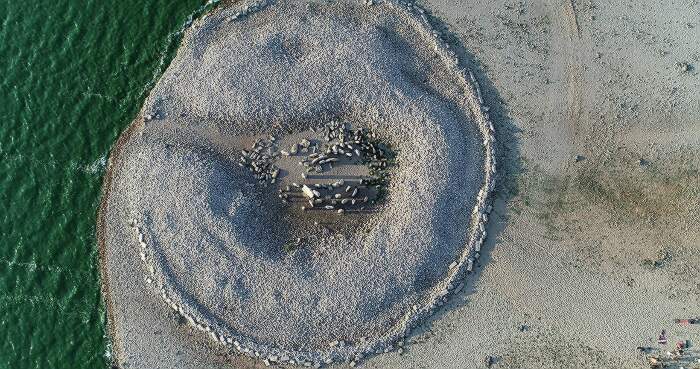Dolmen of Guadalperal: The Spanish Stonehenge
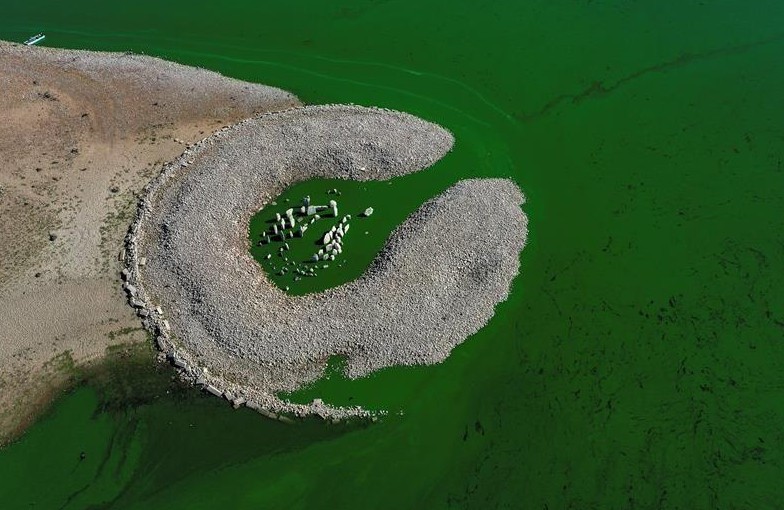
Also known as the Spanish Stonehenge for its resemblance to the original English Stonehenge, the Dolmen of Guadalperal is a megalithic structure located in Peraleda de la Mata, in eastern Estremadura, Spain.
Because the monument is only visible when the waters of the Tagus River, in the Valdecanas reservoir, are low enough to reveal it, it is also called “the treasure”. It is believed to have been built between 2000 and 3000 BCE.
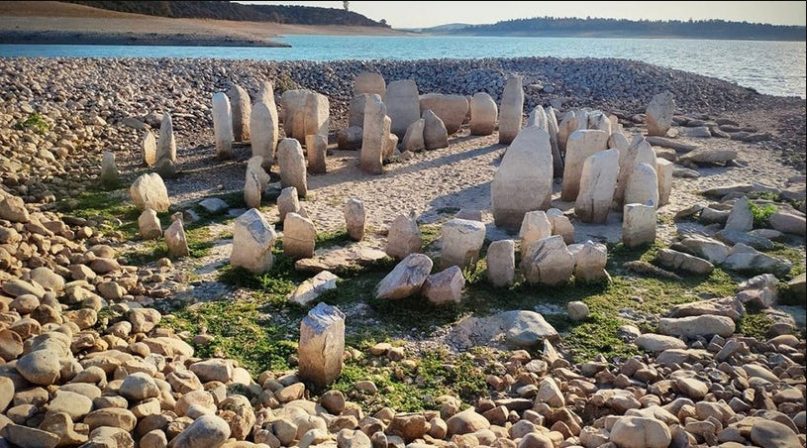
The Dolmen of Guadalperal is made of 150 vertical standing granite stones, aligned to form an ovoid chamber with a diameter of about five meters.
This kind of menhirs are also called orthostats (A term that indicated a large stone with a more or less slab-like shape that has been artificially set upright. Although menhirs are technically orthostats, the term is mainly used only to describe individual prehistoric stones that constitute part of larger structures).
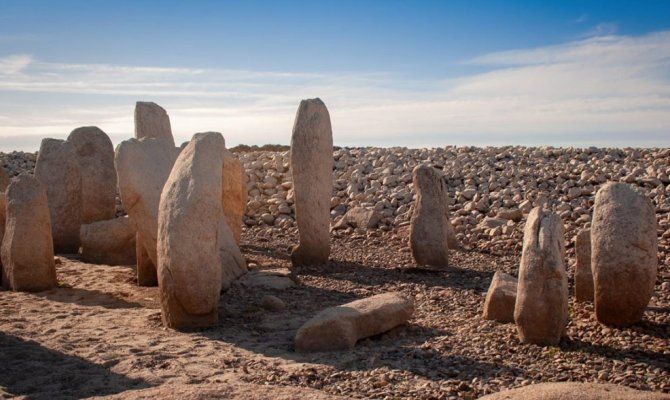
The oval shaped encircling is preceded by a corridor about 21 meters long, with a two meters high menhir at the end of it, right at the entrance of the chamber.
This menhir has a snake carved on it, which is an interesting feature since it is a recurring symbol of many ancient cultures, tradition and religious iconographies, often found carved on megalithic structures and menhirs throughout the Earth, Stonehenge included.
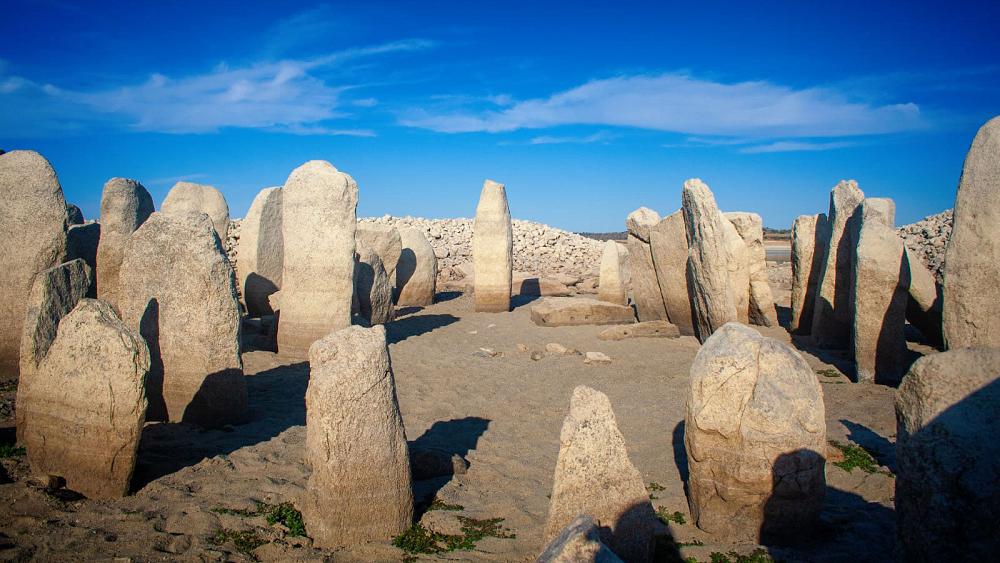
The most credited interpretations maintain that it was either used as a solar calendar or temple, a burial enclave or both.
As a matter of fact, like many other sites, it could have originally been a solar temple, and then used as a burial place by later civilizations.
Frequent inundations and its location within the Tagus River damaged the stones by eroding them and their engravings. The monument was finally seen in its entirety after 50 years, in 2019, when a NASA satellite picture revealed all the 150 stones during a drought.
